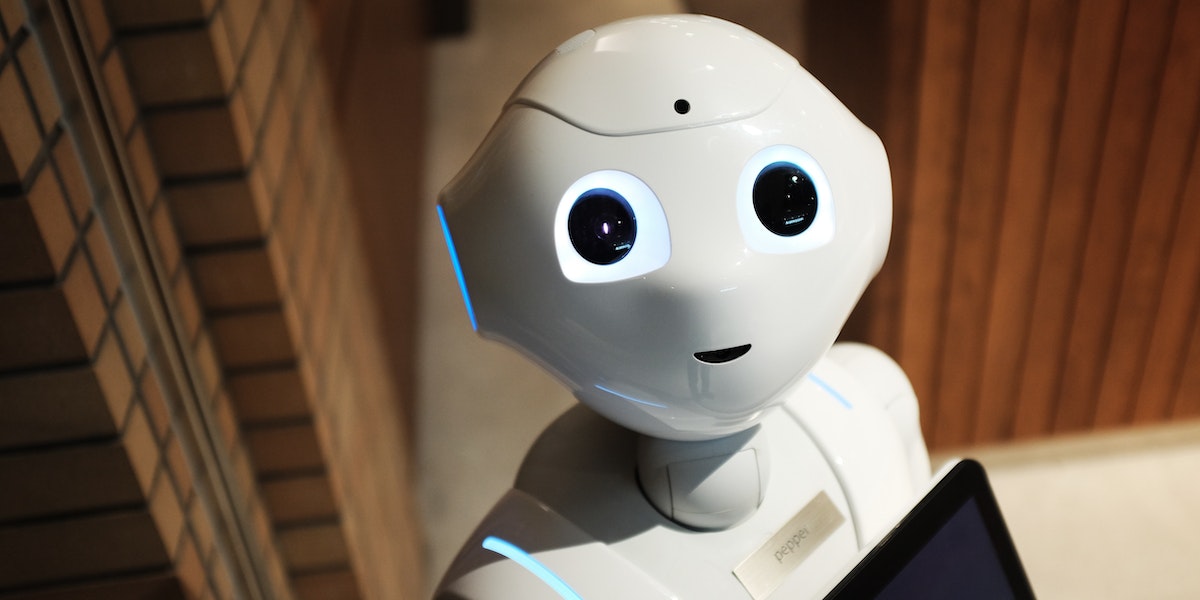What’s ahead for Artificial Intelligence in 2023?

“Smart Thinking” and the Artificial Intelligence (AI) that enables it are currently very hot topics in the world of IT. Things have been moving ahead quite rapidly the past year, bringing with some quite remarkable developments, so let’s have a quick look at what the experts think might lie ahead for us during 2023.
We see AI mentioned everywhere. Whether it’s something simple like a security camera differentiating between night and day, a retailer predicting and fulfilling our supermarket order or a driverless car, as well much more besides.
Technology companies worldwide are at the forefront of AI in their attempt to lead the pack, because if broken down, as far as regular end-user consumers are concerned, one modern computer appears to be much the same as the other. It is the artificial intelligence predictions from the specialists that help business to become more efficient, cost-effective and profitable.
AI models and modelling are continuously changing the IT industry with the production of Robotic Process Automation (RPA) for manufacturing, providing autonomous systems, monitoring and improving cybersecurity as well as a host of other business and consumer aids.
Here, we will have a look into some of the popular processes that are benefiting and continue to benefit from the application of AI.
Predictive Analysis
Although undoubtedly technical in nature, this is not as complicated as it may appear on the surface. Predictive analysis is very much based on good old existing information, some of it even on paper. The experts gather existing historical records and data, build a bespoke mathematic model that can “crunch” it (prepare it for analysis) and use the result to ‘predict’ future events in the relevant chosen area of interest. All of this work is further used in the realms of ‘big data’ (because of the sheer volume of information) and machine learning.
What this means is that companies can predict the future within their specific industry sector and in essence ‘see into the future’ what might be their own next big innovation. This has been and is changing the future for the aerospace, automotive, financial and medical sectors at an incredible rate, and will continue to pave the way for future technical innovation.
IS - Information Security
Cybersecurity risks are all around for anyone who uses an electronic device to connect to the internet. From a basic spam emailer pretending they are a delivery company wanting a fake £1.95 underpayment for the delivery of a parcel, all the way up to organised crime attempting to bring a government agency crashing down. This is a risk to us all that is increasing as the criminals themselves become smarter.
Information security is there to halt unauthorised persons gaining illegal access to important data, whether personal or commercial. Artificial Intelligence is learning the ways these criminals work. Information security algorithms are now doing the hard work and becoming better and more efficient at preventing the illegal copying, disclosure, disruption, destruction, inspection, modification, and recording of our information.
With the use of data increasing exponentially, predictive AI models show that IS will continue to grow, with methods to protect that information also growing at the same time.
IoT - The Internet of Things
WiFi (which stands for the rather antiquated-sounding “Wireless Fidelity”) is something we now take totally for granted, despite the fact it is the connector for most of our electronic devices. There are so many devices that connect to WiFi and the internet that the internet itself has been expanded to the “Internet of Things” (IoT), hosting all the IoT devices that communicate with it. Whether it’s our mobile phone, MP3 player, home doorbell, TV streamer or a plug we shout “turn light off” all connect to a “server” or a “local area network” (LAN), with many ultimately connecting to the internet.
AI helps these IoT devices to create and collect an incredible amount of data from an enormous number of different sources, revolutionising business, commerce and society at large through WiFi. And this data that has been gathered can help immensely into gaining an insight that is extremely useful – and often vital - in making positive decisions.
As more digital devices come on stream and on line, WiFi demand will similarly increase even more. So much so that it already is difficult to imagine our lives without a WiFi connection. And AI will continue to play its own vital part in that further development.
Art and NFTs – Non Fungible Tokens
A non-fungible token (NFT) is a unique digital identifier that cannot be copied, substituted, or subdivided and, like cryptocurrency, it is recorded in what is called a blockchain. That is then used to authenticate and certify ownership and it can then be sold or traded.
NFTs are all about digital expression in the digital era, providing artists with a new way to create, to work, to have ownership of their work and a new way to get paid for their work. It is claimed to be the most empowering process for artists to have come along in a long time.
Bringing NFT and AI together to produce AI-generated artwork is one of the things artificial intelligence experts are predicting. And it proving to be very popular thus far.
Augmented Reality
Augmented reality needs a mention when referring to AI. The ability to be “put in the centre of things” has started to come into its own in both the business and domestic arenas. It’s use in everything from aviation (no comparison with the cost of otherwise, for example, taking a large commercial jet into the skies) to healthcare and eCommerce to software. What it is doing is making otherwise previously-thought impossible situations, achievable.
In the process, it is providing incredible user experiences, including the popular Minecraft game, IKEA Place for home design, Museum Alive, L’Oreal Makeup and Disney colouring book to name but a few.